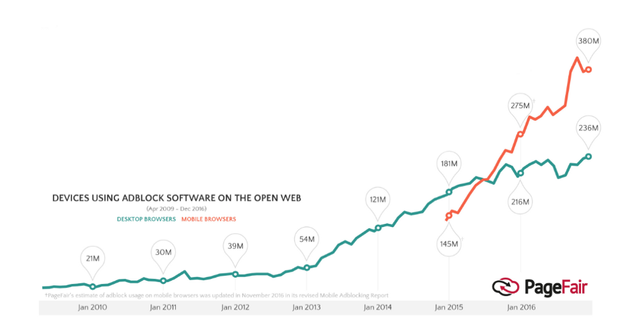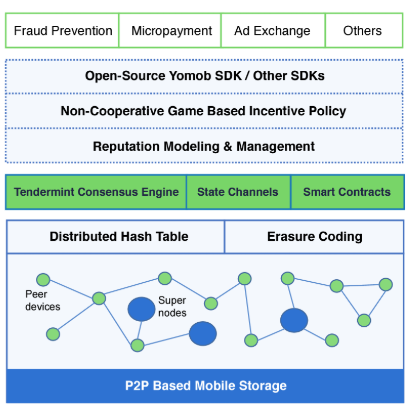DATA is set to solve what is wrong with ads.
DATA is set to solve some major problems with data fraud in current digital ecosystem. It is based on the blockchain and it is a protocol for data authentication. Why did they come to exist?
There are many anti fraud services that claim fighting off fraudulent behavior that is mostly generated by bots and fake entities. However majority update their protection mechanism after a fraud is detected. Not prior to that or during the fraud is taking place. This is a problem because the fix is made after the damage has occurred and you want to prevent damage before it happens.
DATA aims to achieve this using deep learning techniques and rewarding the good behavior in the network; anyone to prevent fraud is rewarded.
When you have an ecosystem driven by good will you will be creating a platform where advertisements are set to reach the right audience hence attracting the right attention and the right behavior.
Before proceeding it is worth noting that most solutions aside from DATA are centralized and this means there has to be a governing bureau to keep the network safe. Usually the bureau operates by keeping a black and a white-list which is constantly updated. However the problem still stands in that this is a reactive process and not proactive. By being decentralized you are ultimately solving those issues since that is the decentralization nature.
Let us consider the advertisements platform from the users perspective as we have currently been looking at the platform beneficiaries or advertisers, let us now consider the consumers perspective.
The current solution to attract the attention of consumers is by offering free services in return for the attention. Take Facebook for example; using the platform is free, however they get your attention and they get to control when and where the ads would show in your profile or while browsing content of others. This practice can even be seen in YouTube for example where you see the ads embedded in the original content where at times gets really annoying.
The idea here is that various platforms provide free services in order to get the consumers attention; this practice though works it is quite annoying especially when the practice is used extensively. This made for a new protection mechanism from the consumers side and is Ads blocking. Consumers became annoyed with such practices they started adopting various blocking techniques.
The Adblock software in 2016 rose to 380 M devices using it on mobile and 236 M on desktop browsers [1].
DATA decided to approach this differently; Given the advertisement data is real and legit they are able to properly detect fraud traffic. This is the biggest problem that DATA is set to solve and is making that data accessible and available. Once that data is available you can easily detect fraud traffic in the network. Centralized entities consider that data proprietary. By DATA going decentralized they are able to bypass that; after all the blockchain enables the decentralization.
DATA has 4 layers :
- P2P Mobiles Storage layer
- Blockchain Layer
- SDK Management layer
- Application process layer
Using the SDK developers or businesses can adopt DATA into their systems or build on it using the SDK. This allows them to make their machines a P2P based mobile storage and start collecting user’s activity that can then be rated and stored in the P2P mobile storage. the blockchain on top (Green layer in the image above) reads the data using the Distributed hash table that sits on the P2P mobile storage and periodically distribute tokens to users based on that data. At the same time combat for fraud in real-time.
DTA token is the token rewarded in the network and is currently trading in various exchanges; it started off from huobi on January with the ETH and BTC pairs [2].
Resources:
Website: http://data.eco/
Whitepaper: https://docsend.com/view/pk5w8wx

